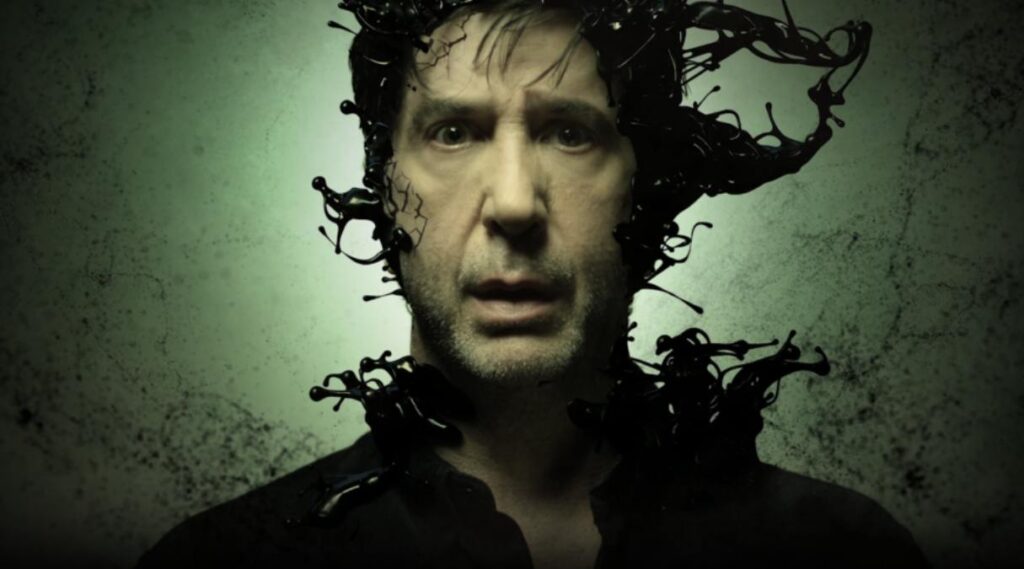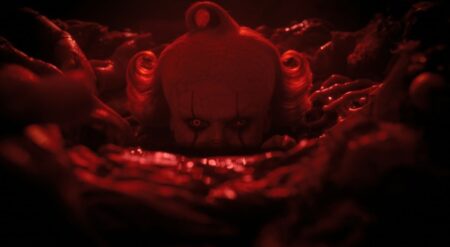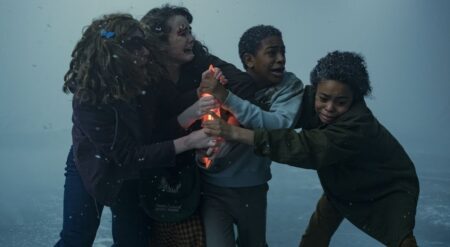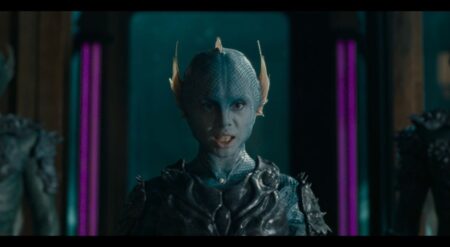R.L. Stine’s Goosebumps series is a heavyweight in pop culture. Books, TV, movies, and franchises have consistently touched generations. The current era’s revival came out on Hulu and Disney+ in 2023, and I’ve been waiting for more from creators Rob Letterman and Nicholas Stoller. Goosebumps The Vanishing is the next entry to the library and a valiant effort at capturing the nostalgia of the original series. Effectively, Goosebumps Season 2 is new enough to ensure young adult audiences see their anxieties in the show, too.
All-age horror, young adult (YA) horror, and children’s horror all serve a vital function. For some, it’s how we process the reality of death, channel anxieties about not fitting in, or work out all the scary feelings we weren’t sure about. Goosebumps has been a cornerstone in this area of the genre, and Goosebumps The Vanishing picks up the torch swiftly.
Not directly connected to the 2023 series, Goosebumps The Vanishing has the same quality. Great use of current music, a group of kids from different enough backgrounds to make viewers feel connected, and a reverence for R.L. Stine’s work that propels the series through different Stine-specific storylines across each episode.
Goosebumps: The Vanishing begins with fraternal twins Devin (Sam McCarthy) and Cece (Jayden Bartels) adjusting to life with their recently divorced dad, Anthony, in Brooklyn. Having left their old home with their mom, they have to not only handle high school but also learn to live with their dad, who seems to be getting weirder and weirder by the day. With one big house rule, “Stay out of the basement.”
When the twins discover a threat stirring in the city, they quickly realize that dark secrets are among them, triggering a chain of events that unravel a mystery that reaches deep into their father’s past. As they delve into the unknown, Devin, Cece, and their friends — Alex (Francesca Noel), CJ (Elijah M. Cooper), and Frankie (Galilea La Salvia) — find themselves entangled in the chilling tale of four teenagers who mysteriously vanished in 1994. Connected through family or circumstance, 1994 takes a focal point that changes everything.
Goosebumps The Vanishing breathes new life into the familiar
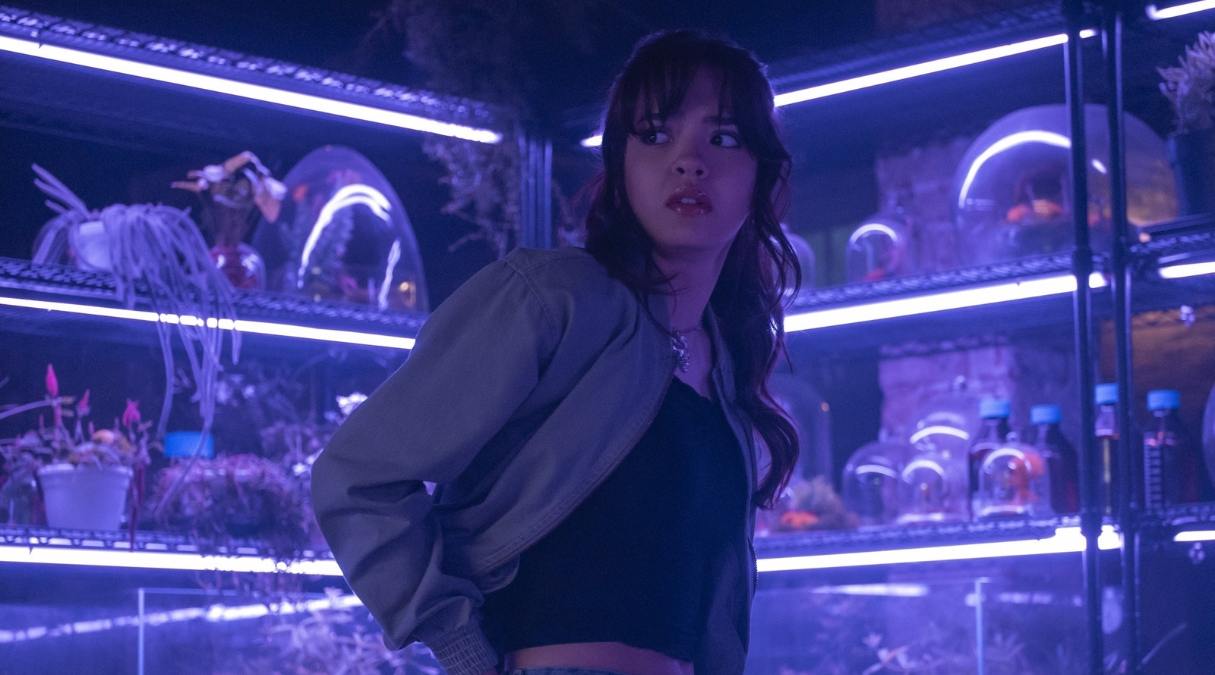
Goosebumps: The Vanishing doesn’t present each episode as a one-to-one adaptation or remake of the stories it draws its information from. Instead, the series has adapted the individual stories to new audiences, new technology, and new problems that teens may have at this specific point in time—in one case, 1994.
The series tackles different Goosebumps stories, like “Don’t Go In The Basement,” “The Haunted Car,” “Monster Blood,” and “The Girl Who Cried Monster,” and pulls them into one cohesive narrative. Goosebumps: The Vanishing may have excelled better as an anthology series in the past, given the breadth of stories that they tackle as they move through one Brooklyn community. Surprisingly, the city life that the kids live in is made to feel like a small town and helps the audience ground themselves in the story.
Still, by centralizing it on one group connected through generations and school, the series’ take on a long-dormant threat has an impact that is a testament to the writer’s room. Some bumps come from pulling in separate stories, but for the most part, it all becomes a cohesive tale, even if some characters are less developed and less interesting than others.
Among the series, though, the strongest episodes remain those where Devin, Frankie, CJ, Trey (Stony Blyden), and Anthony (David Schwimmer) are the focus. Here, you see parental dynamics, friendship, a love triangle of sorts, bad neighbors, revenge, and a mission driven by grief. The episodes that these characters are central in push and ground the entirety of Goosebumps The Vanishing. Each one of them is explained and contextualized within the larger plot of the series.
The characterization struggles to find footing
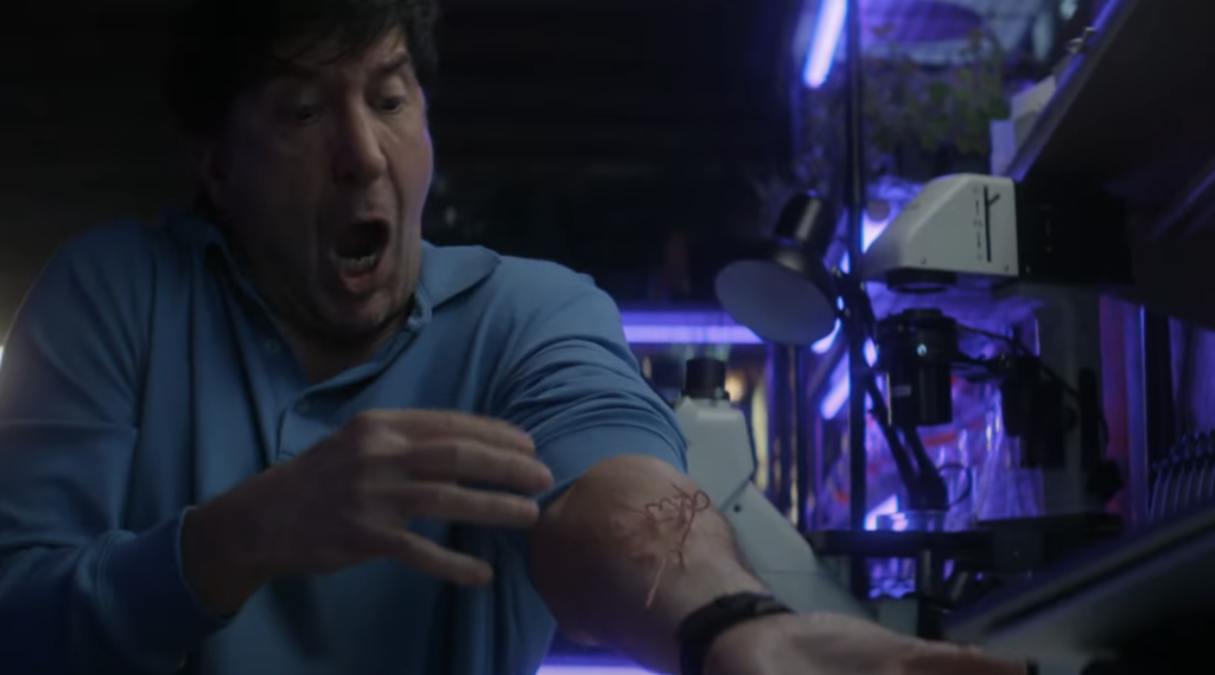
That doesn’t mean that their section of the series is perfect, though. At times, the romantic tension between Devin, Trey, and Frankie can be overwhelming. Not only that, building Trey up to be the definition of a machismo-loving guy plays into stereotypes that the series seems to be actively trying to divest from in the larger context of casting and dialogue choices.
It sets up arbitrary barriers in the series and does so in a way that makes Anthony the largest villain of Goosebumps: The Vanishing. “Old guy smashes window of teen boy’s car to teach him respect” is a go-directly-to-jail moment that clouded every subsequent moment with him for me. But that moment, coupled with the “science” in the basement, does beg me to ask if I’m even supposed to like Anthony.
Sure, the audience is supposed to feel bad for him. His brother and friend vanished years ago, and he carries that guilt with him as he attempts to find and remember the truth. But like him? Yeah, it’s hard to think we ever get there in the story. Still, Schwimer is absolutely fantastic in the series and central for older audiences to find the all-ages appeal in the teen-focused story.
That said, even with my issues around Trey’s characterization, at the end of the season, he’s been redeemed but also put through the absolute wringer. The example as to why you should stay out of the basement, it’s hard to think his jealousy warranted the punishments usually reserved for horrible people in horror.
Ultimately, though, CJ’s friendship with Devin and CJ’s solo moments with Anthony do begin to make up for it all. CJ is a constant throughout most of the season, and while he doesn’t take on a true protagonist role like Devin does, he is important and responsible for some of the series’ funnier moments.
Goosebumps The Vanishing proves how timeless R.L. Stine’s stories are
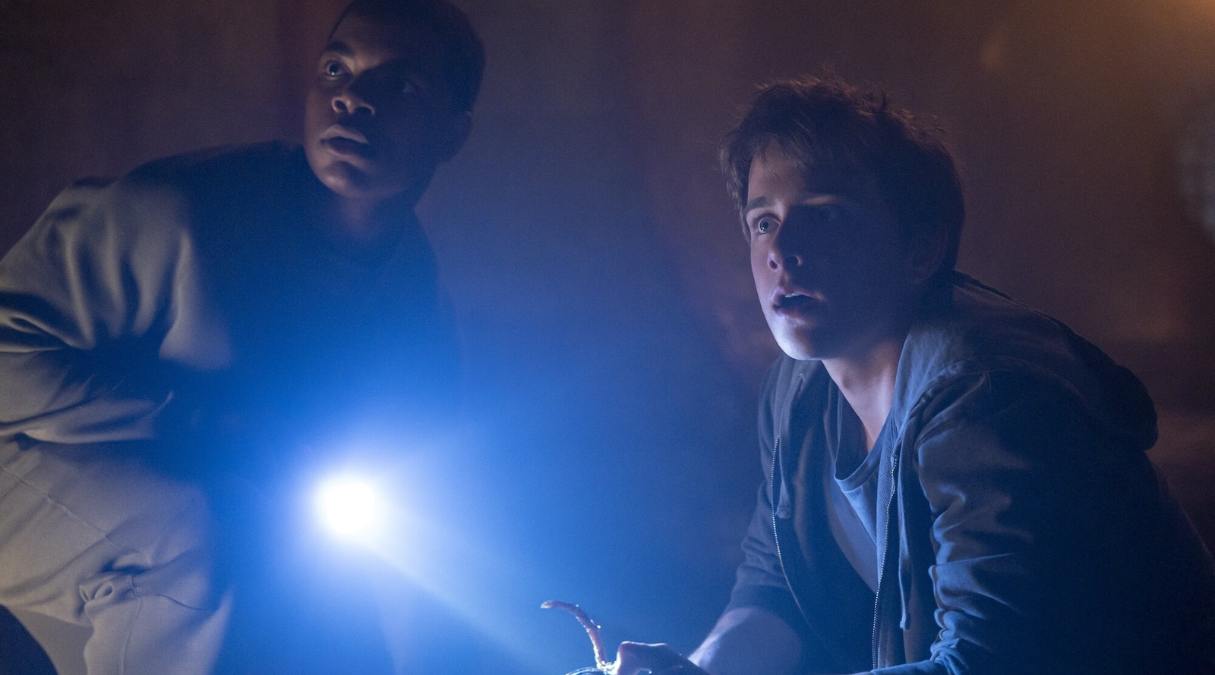
On the other hand, Cece and Alex often find themselves outside the central conflicts or running parallel to them in a way that doesn’t much with who they are or how they fit into the larger picture. Unfortunately, the two fall to the wayside, even as their part of the narrative tries to bridge class and perspective divides.
The strongest episode of Goosebumps The Vanishing, however, is the one that looks to the past. In “1994,” the audience is transported back to the year that it all happened. Here is where you learn that the current teenagers are living a life that isn’t too dissimilar to that of the past. As the standout episode of the series, it taps into nostalgia perfectly. It balances history while still keeping it engaging to other audiences who may not have any clue about what the world was like in 1994. Using timeless elements helps with this, but the theme lies in the VHS and how it’s utilized.
Goosebumps The Vanishing is a strong Season 2 for the series. A young adult series, it aims to celebrate the franchise that it’s inspired by while also doing enough new things to show that it should exist. When we reach into the past, the obvious question becomes, why? The answer here is that R.L. Stine’s horror stories are timeless, but their beauty lies in how each new generation of storytellers reaches their audience to bring them to life.
Goosebumps: The Vanishing is streaming January 10, 2025 on Hulu and Disney+.
Goosebumps: The Vanishing
-
Rating - 8/108/10
TL;DR
Goosebumps The Vanishing is a strong Season 2 for the series. A young adult series, it aims to celebrate the franchise that it’s inspired by while also doing enough new things to show that it should exist.

